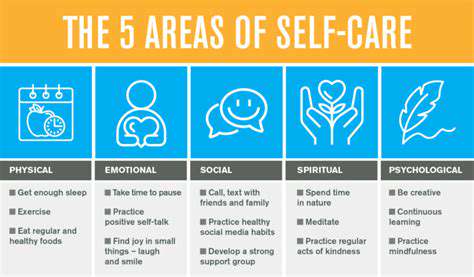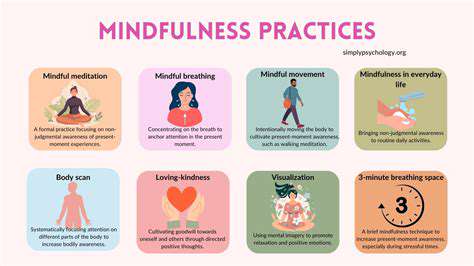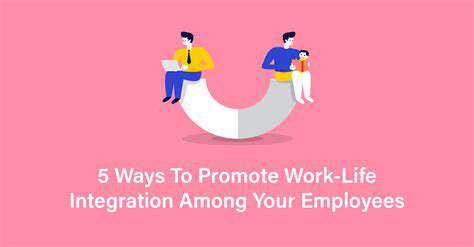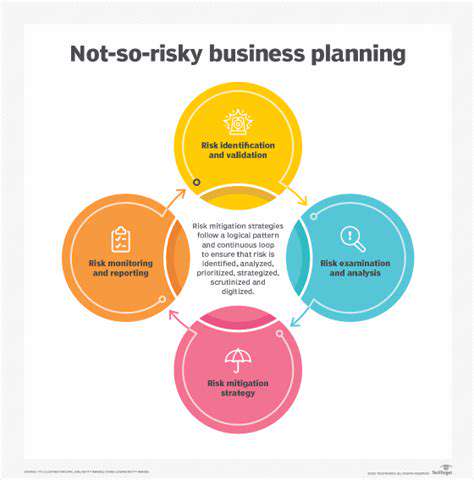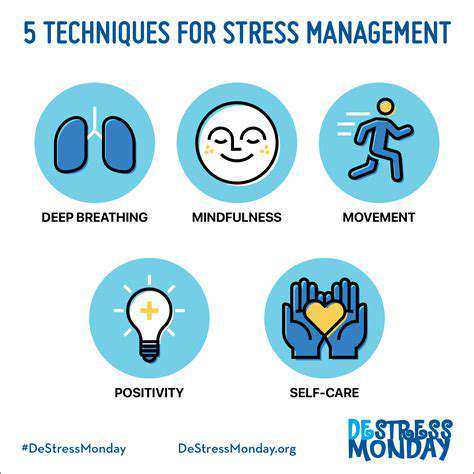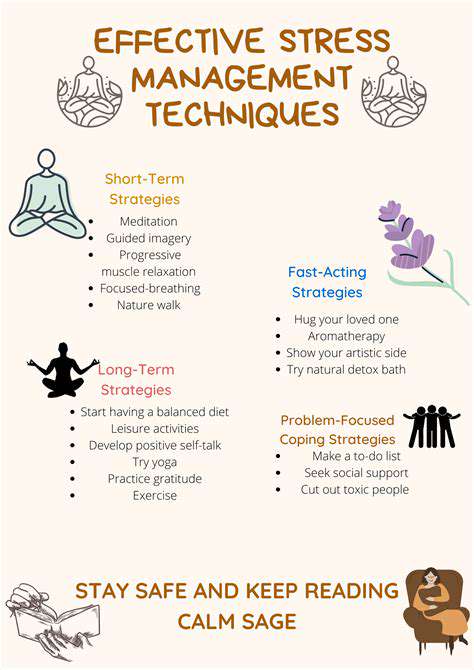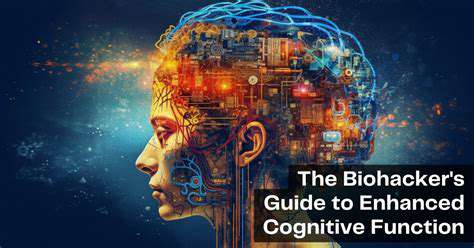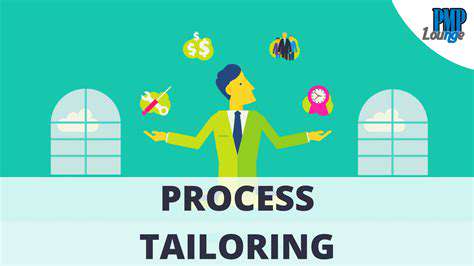AI for Social Anxiety: Virtual Practice and Confidence Building
For those struggling with social anxiety, everyday interactions can feel like navigating a minefield. VRET offers a revolutionary solution by providing a safe rehearsal space for social scenarios. Picture practicing a job interview multiple times with virtual avatars before the actual event - this repetitive exposure helps desensitize the anxiety response while building practical skills.
The virtual setting removes several barriers that typically prevent people from seeking help. There's no fear of judgment from real people, no social consequences for mistakes, and the ability to pause or restart scenarios as needed. These factors combine to create an ideal learning environment for developing social competencies.
How Virtual Environments Facilitate Exposure
Modern VR systems boast remarkable realism, with detailed environments and responsive avatars that mimic human behavior. This technological sophistication allows therapists to recreate specific anxiety triggers with astonishing accuracy. A person afraid of public speaking might find themselves addressing a virtual audience that reacts realistically to their performance.
The customization options are virtually limitless. Lighting, crowd size, noise levels - all can be adjusted to match the individual's treatment plan. This level of control enables therapists to create the perfect balance between challenge and comfort, ensuring steady progress without unnecessary distress.
AI's Role in Personalizing VRET for Social Anxiety
Artificial intelligence takes personalization to new heights in VRET. Smart algorithms can analyze subtle cues like speech patterns, eye movements, and physiological responses to tailor experiences in real-time. If a user shows signs of discomfort, the system might automatically reduce the difficulty or suggest calming techniques.
AI also enables dynamic scenario generation. Instead of pre-programmed interactions, the system can create unique social situations based on the user's progress and specific needs. This adaptive approach keeps the therapy fresh and relevant, preventing the plateau effect that sometimes occurs with static treatment plans.
Benefits and Limitations of VR Exposure Therapy
The advantages of VRET are numerous. It's more accessible than traditional exposure therapy, as sessions can be conducted remotely. The controlled environment reduces risks associated with real-world exposure. Perhaps most importantly, patients report feeling more willing to engage with challenging scenarios when they know the experience is virtual.
However, VRET isn't a magic solution. Some individuals may struggle with the technology itself or find it difficult to suspend disbelief. The equipment costs can be prohibitive for some clinics. And while VR provides excellent practice, therapists must still help patients bridge the gap between virtual and real-world interactions.
Personalized Feedback and Coaching
Personalized Feedback Loop
Modern therapeutic platforms employ sophisticated analytics to provide nuanced feedback. By tracking hundreds of micro-behaviors - from speech cadence to posture shifts - these systems identify patterns invisible to the naked eye. This data-driven approach removes guesswork from the therapeutic process, offering concrete metrics for improvement.
Virtual Role-Playing and Simulation
The most advanced systems now feature emotionally intelligent avatars capable of natural conversations. These digital counterparts can simulate everything from job interviewers to party guests, complete with realistic facial expressions and body language. Users report that repeated practice with these avatars significantly reduces anxiety in actual social situations.
Adaptive Difficulty and Personalized Progression
AI-driven difficulty adjustment represents a breakthrough in therapeutic pacing. The system might notice a user consistently struggling with maintaining eye contact during conversations. In response, it could generate scenarios specifically targeting this skill, starting with brief glances and gradually increasing duration as confidence grows.
Emotional Intelligence Training
Beyond surface-level social skills, these platforms help users develop deeper emotional awareness. Real-time analysis of vocal tone and facial expressions teaches users to recognize their own anxiety signals. Simultaneously, they learn to interpret social cues from others more accurately - a critical skill for anyone with social anxiety.
Targeted Intervention for Specific Fears
The precision targeting capabilities of modern systems allow for remarkably focused treatment. Someone terrified of public speaking might begin with a virtual audience of two non-reactive avatars. As they progress, the system could introduce larger crowds, more expressive listeners, and eventually, hecklers - all calibrated to the user's growing confidence.
Gamification and Motivation
Creative reward systems transform therapy from a chore into an engaging experience. Users might earn points for maintaining eye contact or initiating conversations, unlocking new scenarios or customization options. This approach capitalizes on our natural desire for achievement and progression, keeping users motivated throughout their therapeutic journey.
Data Security and Privacy Considerations
With great data comes great responsibility. Reputable platforms implement military-grade encryption and strict access controls. Many now offer local processing options, keeping sensitive data on the user's device rather than in the cloud. Transparency about data usage has become a competitive differentiator in this emerging market.

The Future of AI in Social Anxiety Management
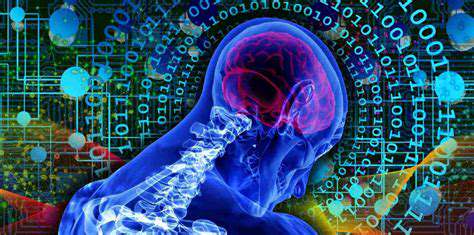
AI-Powered Tools for Emotional Regulation
Emerging technologies promise even more personalized anxiety management. Wearable devices could detect rising stress levels before the user becomes consciously aware, triggering preventive measures. Future systems might integrate with smart environments to subtly adjust lighting or background noise when anxiety signals are detected.
Personalized Social Interaction Simulations
The next generation of VRET could feature photorealistic avatars modeled after real people in the user's life. Imagine practicing difficult conversations with a digital replica of your actual boss or family member. This hyper-personalized approach could dramatically accelerate therapeutic progress.
AI-Assisted Therapy and Support
Hybrid care models combining AI tools with human therapists show particular promise. AI handles routine practice and data collection, freeing therapists to focus on high-level guidance. This could make quality mental healthcare accessible to populations currently underserved by traditional systems.
Predictive Modeling for Early Intervention
Advanced machine learning algorithms may soon predict anxiety episodes before they occur. By analyzing patterns in sleep, activity, and social media usage, these systems could alert users to periods of increased vulnerability. Such early warnings could enable proactive anxiety management strategies.
Ethical Considerations and Future Research
As these technologies advance, ethical frameworks must keep pace. Key questions include: How much should AI influence therapeutic decisions? What safeguards prevent over-reliance on technology? The mental health community must collaborate with technologists to establish best practices that prioritize patient wellbeing.
